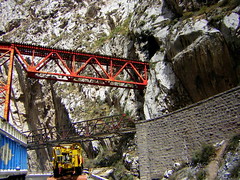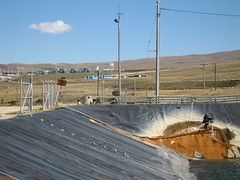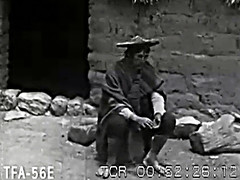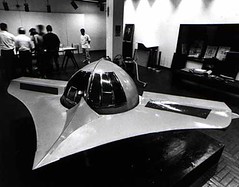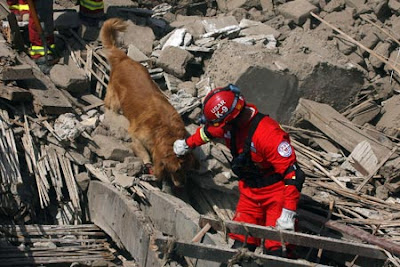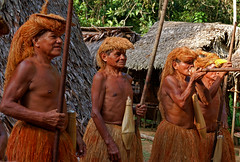The Chavín culture
A full two-thousand years before the rise of the Inca empire another culture ruled most of the central Andes and spread their influence yet further. The Chavín, from their capital Chavín de Huántar in modern day Ancash, and with their roots in the very first civilisations and city-states in the Americas such as Caral, Sechín and Ventarrón, created what was Peru’s very first empire. In doing so, they instilled an idea in Andean peoples that lasted until the arrival of the Spanish – rule under one government in one society with one common culture is beneficial in this harshest of environments, that better and central organisation would bring better crop yeilds, as well as more free time for monument building, religion and science.
The Chavín were a pre-Inca and pre-Moche civilisation that existed in the area that is now central Peru around 900B.C. The UNESCO World Heritage site that was their capital, is located at 3150 metres above sea level been the Cordillera Negra and the Cordillera Blanca and is not the easiest place to reach.
We travelled to the ruins, which you might say are still inhabited by the descendants of the Chavin as the modern town is right next to the archaeological complex, by following a small winding road. The driver didn’t seem fazed at all as he drove along at double the speed limit, not slowing down at all to turn corners despite precarious drops of about 1000m along most of the route. It was a 4-5 hour journey from Huaraz. It should be much shorter now – when we travelled the road was being converted from a mere dirt track to a double-lane highway complete with tunnels through parts of the mountains for short cuts. The first photos you see of the town show the poverty that exists there. Tourism is the area’s only source of income, that and government jobs building the now-complete roads, even this is not much and the people live on what they farm.
 The ancient city of Chavin de Huantar was initially built around 900 B.C., it’s economy mostly agriculturally based. It is located at the start of the Marañon River that eventually flows past the ruins of other great civilisations and into the Amazon.
The ancient city of Chavin de Huantar was initially built around 900 B.C., it’s economy mostly agriculturally based. It is located at the start of the Marañon River that eventually flows past the ruins of other great civilisations and into the Amazon.
The city’s features include;
A sunken stone circular plaza, a sacred area for performing rituals. The plaza is perfectly circular and 20 metres in diameter. It was originally a place to perform rituals when entering the oldest of the temples, then later as a shared space of all three later temples.
The Old Temple, was a religious structure consisting of various passage ways the lead to rooms containing obelisks on which there are carvings of jaguars and caymans. In the centre stands the main obelisk which was a sculpture of their supreme god, Lanzón. It has the body of a human but the head of a cat.
The New Temple, was in the city’s later period before its decline is based on a similar design as the old one, with similar obelisks.
A huge sunken square plaza that is a perfect square and aligned with the nearby large mountain peak. The Chavin engineered the local river to enter this plaza to form a pool.
One photo shows a close-up of a wall. The Chavín used small stones between large blocks to create an extremely strong structure. The buildings have survived 3000 years of earthquakes and become increasingly strong with each quake – the small stones shift to better positions.
The burial sites, give evidence of a small elite class with elaborate burial goods. Tombs contained precious metals, colorful textiles, and other valuables. The majority of burials were more simple, with bodies interred in shallow pits with cotton clothing and a simple tool kit.
The most famous remains though are the stone heads. These were lined along the walls of the city said to represent the faces of drugged priests performing rituals.
The Chavin civilization began to decline around 300BC. Large ceremonial sites were abandoned and replaced by villages and agricultural land. Here at Chavin de Huantar, a small village replaced the Circular Plaza. The area was populated until modern times, and still is, with people and animals now moved off the area of the ruins.



